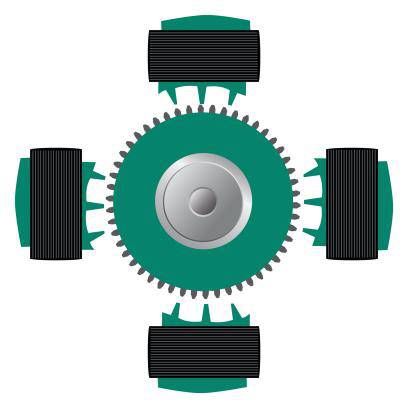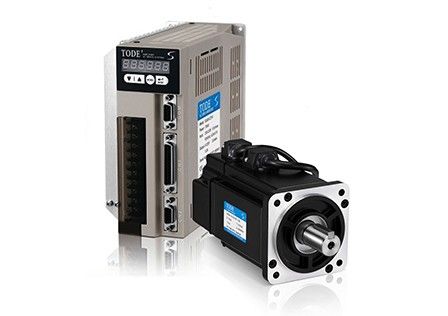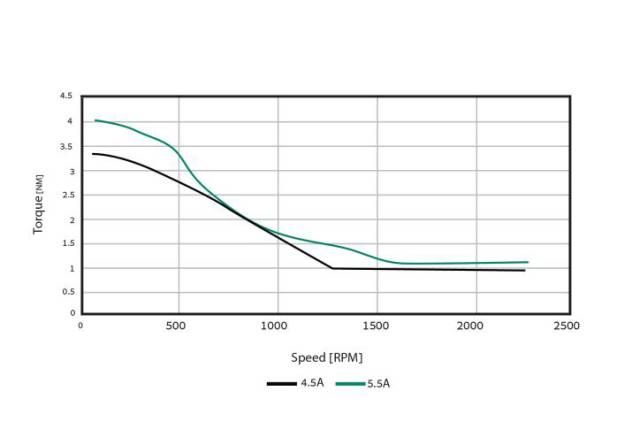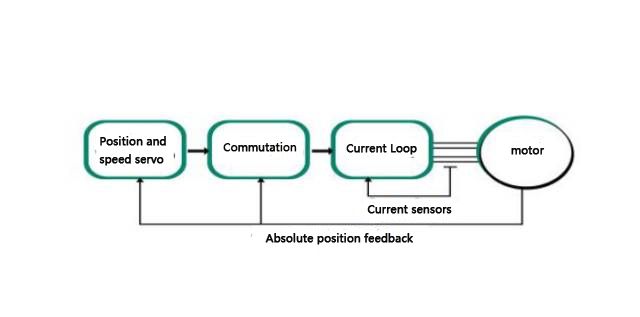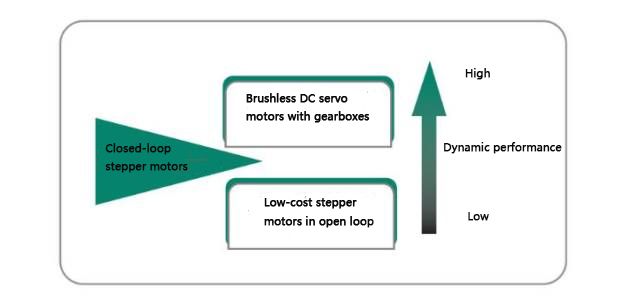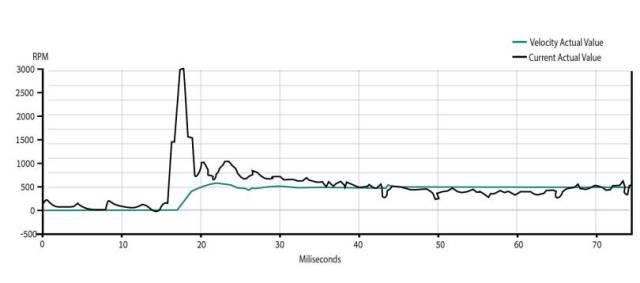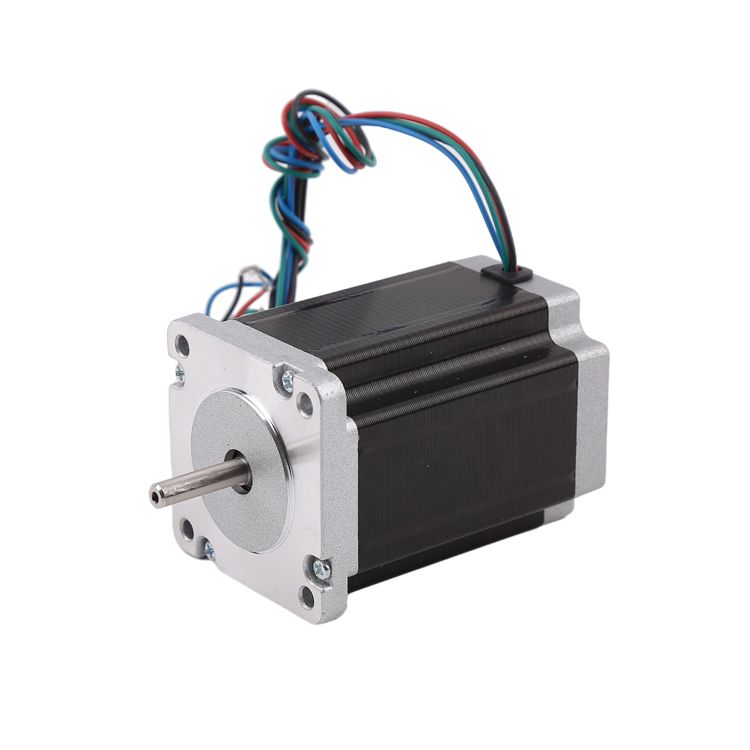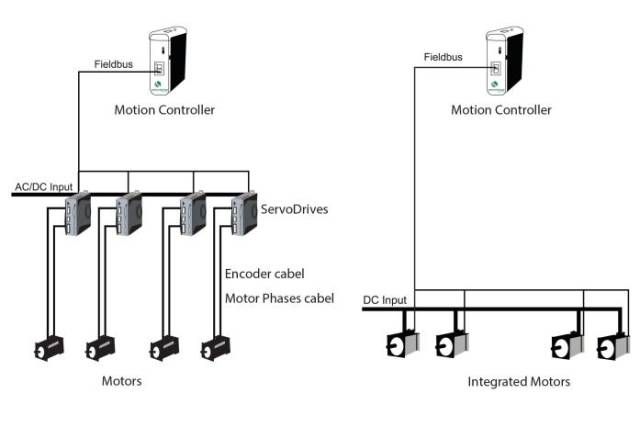Closed-loop stepper motors have changed the performance-to-cost ratio in many motion control applications. The success of the VIC closed-loop progressive motors has also opened up the possibility of replacing costly servo motors with low-cost stepper motors.In an increasing number of high-standard industrial automation applications, technological advances are changing the performance-to-cost ratio between stepper motors and servo motors.
Stepper motors versus servo motors
According to conventional wisdom, servo control systems perform better in applications where speeds in excess of 800 RPM and high dynamic response are required. Stepper motors are more suitable for applications with lower speeds, low to medium acceleration and high holding torque.
So what is the basis for this conventional wisdom about stepper motors and servo motors? Let's analyse it in more detail below.
1. Simplicity and cost
Stepper motors are not only cheaper than servo motors, they are also simpler to commission and maintain. Stepper motors are stable at standstill and hold their position (even with dynamic loads). However, if higher performance is required for certain applications, more expensive and complex servo motors must be used.
2. Structure
Stepper motors rotate in a stepwise manner, using magnetic coils to gradually pull a magnet from one position to the next. To move the motor 100 positions in any direction, the circuit requires 100 stepping operations to be performed on the motor. Stepper motors use pulses to achieve incremental movements, allowing precise positioning without the use of any feedback sensors.
The servo motor's method of motion is different. It connects a position sensor - i.e. an encoder - to the magnetic rotor and continuously detects the exact position of the motor. The servo monitors the difference between the actual position of the motor and the commanded position and adjusts the current accordingly. This closed-loop system keeps the motor in the correct state of motion.
3. Speed and torque
The difference in performance between stepper and servo motors stems from their different motor design solutions. Stepper motors have a much larger number of poles than servomotors, so a full revolution of a stepper motor requires many more winding current exchanges, resulting in a rapid drop in torque at increasing speeds. In addition, if the maximum torque is reached, the stepper motor may lose its speed synchronisation function. For these reasons, servo motors are the preferred solution in most high-speed applications. In contrast, the higher number of poles of a stepper motor is advantageous at lower speeds, when the stepper motor has a torque advantage over a servo motor of the same size.
As the speed increases, the torque of the stepper motor decreases
4. Positioning
There are important differences between stepper motors and servo motors in applications where the exact position of the machine needs to be known at all times. In open-loop motion applications controlled by stepper motors, the control system assumes that the motor is always in the correct state of motion. However, after a problem is encountered, such as a stalled motor due to a stuck component, the controller is unable to know the actual position of the machine, which can lead to a loss of position. The closed-loop system of the servo motor itself has an advantage: if it is jammed by an object, it will detect it immediately. The machine will stop operating and will never be out of position.
5. Heat and energy consumption
Open-loop stepper motors use a fixed current and give off a lot of heat. Closed-loop control only provides the current required for the speed loop and therefore avoids the problem of motor heating.
Comparison summary
Servo control systems are best suited to high-speed applications involving dynamic load changes, such as robotic arms. Stepper control systems, on the other hand, are more suitable for applications requiring low to medium acceleration and high holding torque, such as 3D printers, conveyors, sub axes etc. Because stepper motors are cheaper, they can reduce the cost of automation systems when used. Motion control systems that need to take advantage of the characteristics of servo motors will have to prove that these higher cost motors are worth their weight in gold.
Stepper motors with closed-loop control
The stepper motor with integrated electronic control is the equivalent of a two-phase brushless DC motor and can perform position loop control, speed loop control, DQ control, and other algorithms. A single-turn absolute encoder is used for closed-loop commutation, thus ensuring optimum torque at any speed.
Low energy consumption and keeping cool
VIC stepper motors are highly energy efficient. Unlike open-loop stepper motors, which always operate on full current command and cause heat and noise problems, the current changes according to the actual conditions of the movement, for example during acceleration and deceleration. Similar to servos, the current consumed by these stepper motors at any given moment is proportional to the actual torque required. Because the motor and integrated electronic control board run cooler, VIC stepper motors can achieve higher peak torques comparable to servo motors.
Even at high speeds, VIC stepper motors require less current
Driven by advances in closed-loop technology, stepper motors are able to penetrate high performance, high speed applications that previously belonged exclusively to servo motors
Stepper motors with closed-loop technology
What if the advantages of closed-loop servo technology could be applied to stepper motors?
Could we achieve comparable performance to servo motors while still realising the cost advantages of stepper motors?
By combining closed-loop control technology, the stepper motor would become a comprehensive product with the advantages of both servo and stepper motors at low cost. Because closed-loop stepper motors offer significant improvements in performance and energy efficiency, they can replace more expensive servo motors in an increasing number of high-standard applications.
The following is an example of a VIC integrated stepper motor with embedded closed-loop control to explain the performance and advantages and disadvantages of stepper motors with closed-loop technology.
Precisely matched performance requirements
In order to ensure sufficient torque to overcome disturbances and avoid lost steps, open-loop stepper motors usually need to ensure that the torque is at least 40% higher than the value required by the application. Closed-loop toda stepper motors do not have this problem. When these stepper motors stall due to an overload, they will continue to hold the load without losing torque. They will continue to operate after the overload condition has been removed. Maximum torque can be guaranteed at any given speed and the position sensor ensures that there is no loss of step. Closed-loop stepper motors can therefore be specified to exactly match the torque requirements of the relevant application without the need for an additional 40% margin.
With open-loop stepper motors, it is difficult to meet high instantaneous torque requirements due to the risk of lost steps. Compared to conventional stepper motors, VIC closed-loop stepper motors can achieve very fast acceleration, low operational noise and low resonance. They can operate at much higher bandwidths and achieve excellent performance.
No cabinet
Toda integrates the drive control board with the motor, reducing the amount of wiring and simplifying the implementation solution. With toda, you can build machines without cabinets.
Integrating electronics with stepper motors reduces complexity
With closed-loop technology, closed-loop stepper motors offer users excellent accuracy and efficiency, with the performance of a servo motor and the low cost of a stepper motor. Lower cost stepper motors are gradually penetrating applications that would otherwise be dominated by high cost servo motors.
Post time: Apr-10-2023

